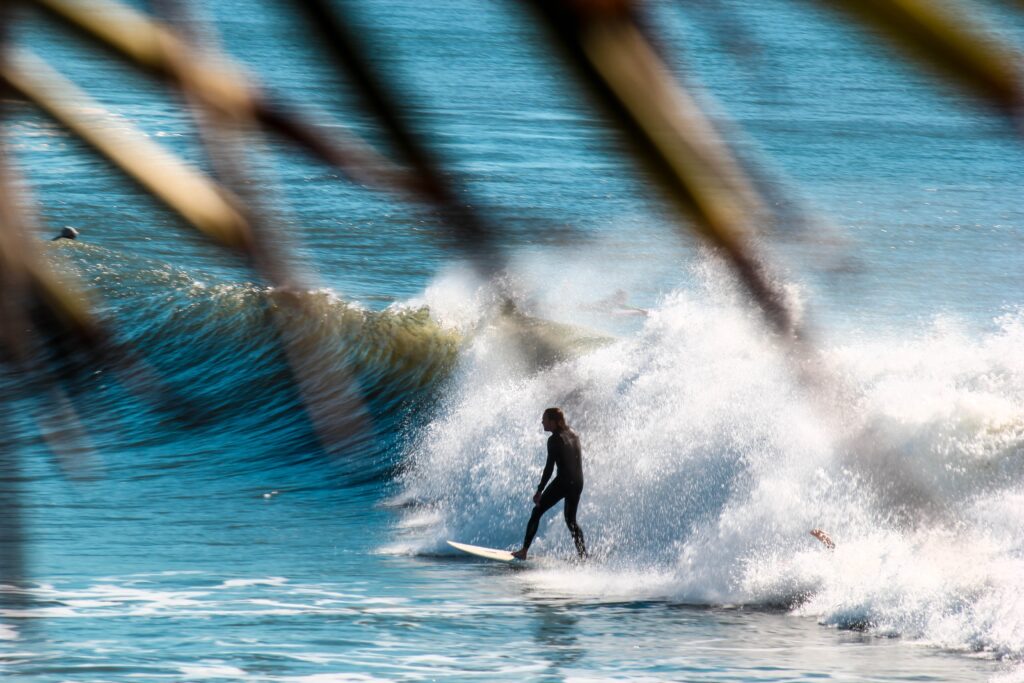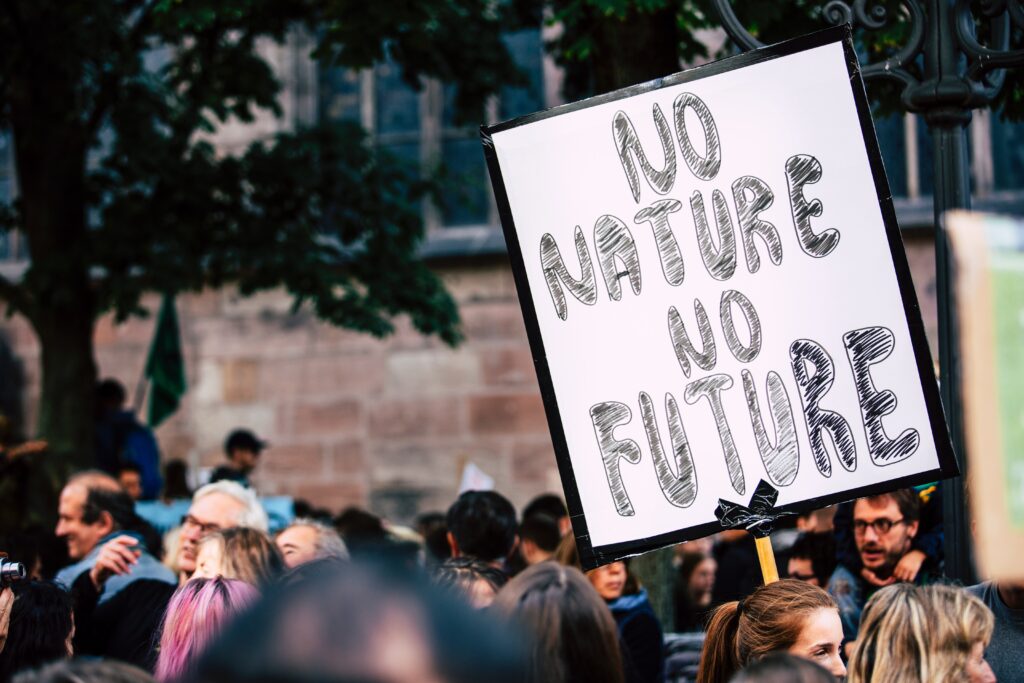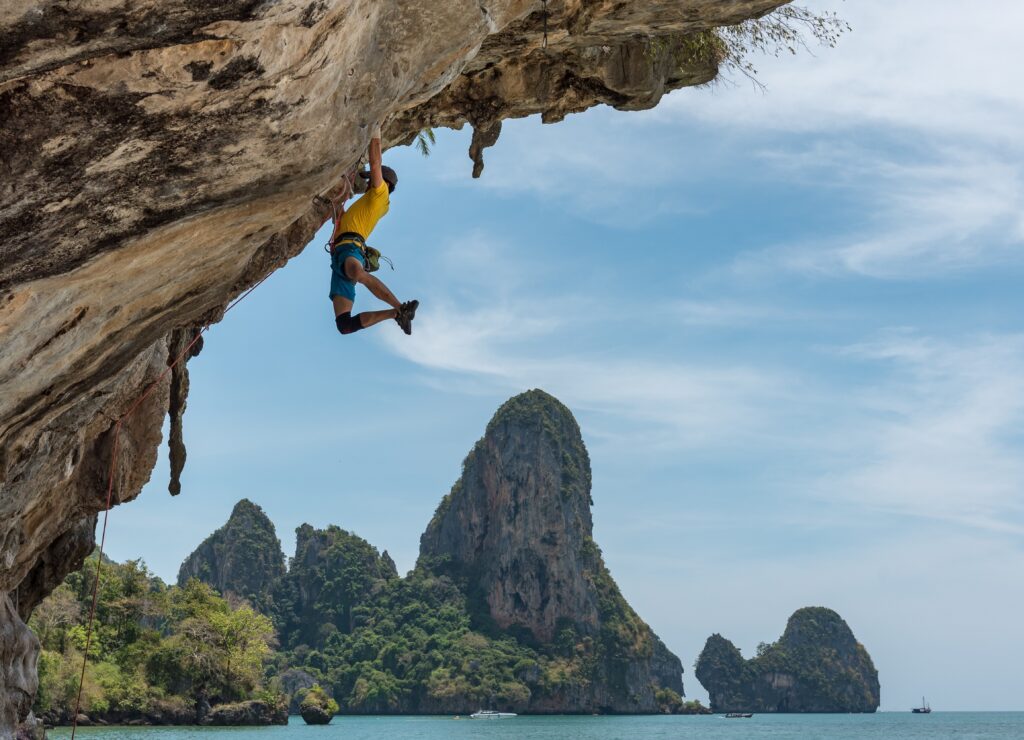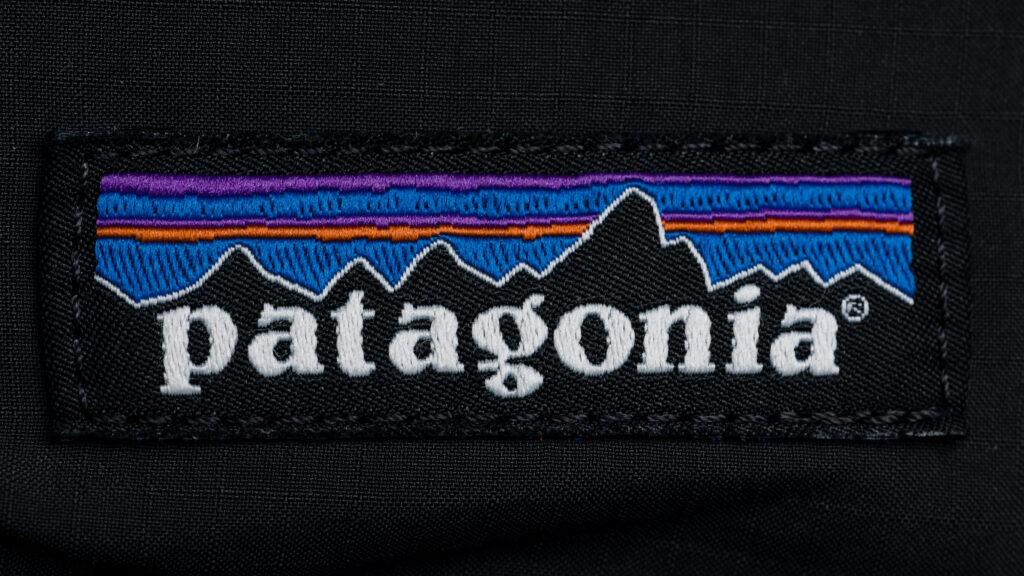We’re taking a look at the incredible journey of groundbreaking outdoor brand Patagonia, focusing on its social media marketing over the years.
A journey well off the beaten track.
As a social media agency, we often talk about the core of great social as building and growing a loyal community.
Community development and building brand loyalty have been some of Patagonia’s key strengths since its inception in 1973.
Born out of a love for the great outdoors, on a mission to create climbing equipment of unparalleled design and quality, the brand’s ambitious long-term outlook has shaped its evolution into one of the world’s most loved outdoor retailers.
This was led by activist founder Yvon Chouinard, with a relentless commitment to using business as a force for good.
They are unashamedly rooted in the counterculture. Grown by a team of passionate individuals who share Chouinard’s drive to save the planet, with sales a second priority.
Rejecting production and marketing norms throughout its lifetime, the outdoor giant provides us with some fascinating learnings.
Rethinking Calls To Action

Perhaps most striking feature of Patagonia’s social media presence is the near absence of product-led content.
For example, the company’s TikTok feed avoids content that shines a light on products at all.
Creating engaging content with impactful calls to action (CTA) is usually the foundation upon which a retailer’s social media channels are built, no matter how subtle these may be.
The case is the same for Patagonia. Although its definition of CTA seems to be significantly different from that of a traditional e-commerce company.
Yyvon Chouinard, the company’s founder, has stated: “We’re in business to save our home planet”.
With this in mind, it makes sense that, rather than focusing on pushing sales of the retailer’s products, CTA’s centre on saving our planet and rethinking consumerism in its entirety.
Scrolling through Patagonia’s main Instagram feed through the years, it’s clear to see that this approach hasn’t changed significantly since it joined the platform in 2012.
Mission At Centre Stage

Over the past few years, the majority of product-based content posted by retailer focuses on repairing and recycling garments, via Patagonia’s Worn Wear initiative.
This is part of a mission to change the way we view fashion, one garment at a time.
Facebook is arguably the platform where the brand’s community activism has most taken centre stage over the years.
The nature of the Facebook feed facilitates longer-form written content better than other platforms.
This has enabled Patagonia to show immense support for various initiatives and charity organisations in a meaningful way, with snippets from its awe-inspiring blog, The Cleanest Line.
This was usually the only content that would receive funding, in the form of paid Facebook ads, to reach wider audiences.
However, Patagonia released a statement in June 2020, announcing that it would no longer use Facebook’s paid advertising service “because they spread hate speech and misinformation about climate change and our democracy”.
Coming from a company that educates its employees in direct action and allocates a yearly budget for helping team members with legal or bail fees associated with protesting, such a position makes total sense.
Building A Community

The rise in popularity of user-generated content (UGC) over the past few years has massively impacted the way that we create and view social media feeds.
The use of UGC seems to be an aspect of social media marketing that Patagonia had nailed down long before it became a vital part of most brands’ content plans.
Shining a light on the work and exploits of others since day one has cemented the outdoor retailer at the core of many, often difficult-to-crack, subcultures.
The creation and nurturing of multiple location-specific social media accounts has enabled the retailer to cement local loyalty in branch locations, crafting bespoke content that focuses on region-specific organisations and events.
Working With Influencers

Whilst working directly with influencers isn’t something that Patagonia will do, there’s no denying that its involvement with world-class outdoor personalities has a similar impact.
Beautiful video content showing climbers ascending the harshest peaks.
Quick snippets of adventurers telling their stories. Inspiring imagery of hikers hitting the road.
Coupled with the brand’s admirable diligence when it comes to giving credit to featured personalities and creatives involved, this content is sure to make it onto the radar of a much wider community.
Learnings From The Patagonia Approach

Would we recommend Patagonia’s purist approach to social media marketing to other brands? Probably not.
But that’s just it. The originality and sincerity of the brand’s rich activist, countercultural roots, unwavering for nearly 50 years, give it an incredibly unique position.
Are there huge learnings to be taken from this approach? Absolutely.
Nurture your community. Supporting and standing up for those who align with your brand goes a long way, building incredible loyalty within highly competitive markets.
Be sincere. Tolerance for things like greenwashing and vacuous rainbow flag waving by brands has hit an all-time low. Gen Z demand more than just statements of intention.
Diversify your content. Consumers are fed up with consistent CTA sales posts, added value is a must. Create content that interests your following, beyond your product offering.
Look to the future. Having an environmental conscience is becoming a vital part of running a successful brand, rather than a nice addition. Consumers expect a level of responsibility.
Champion a lifestyle. Engagement with a business is often motivated by aspirations and wanting to be part of something. Become that ‘something’.
We’d love to hear your thoughts on Patagonia’s social media strategy. Maybe it sounds like the perfect solution for your brand? Get in touch with us via LinkedIn or our Contact Us page if you’re looking for some world-leading support for your socials.

